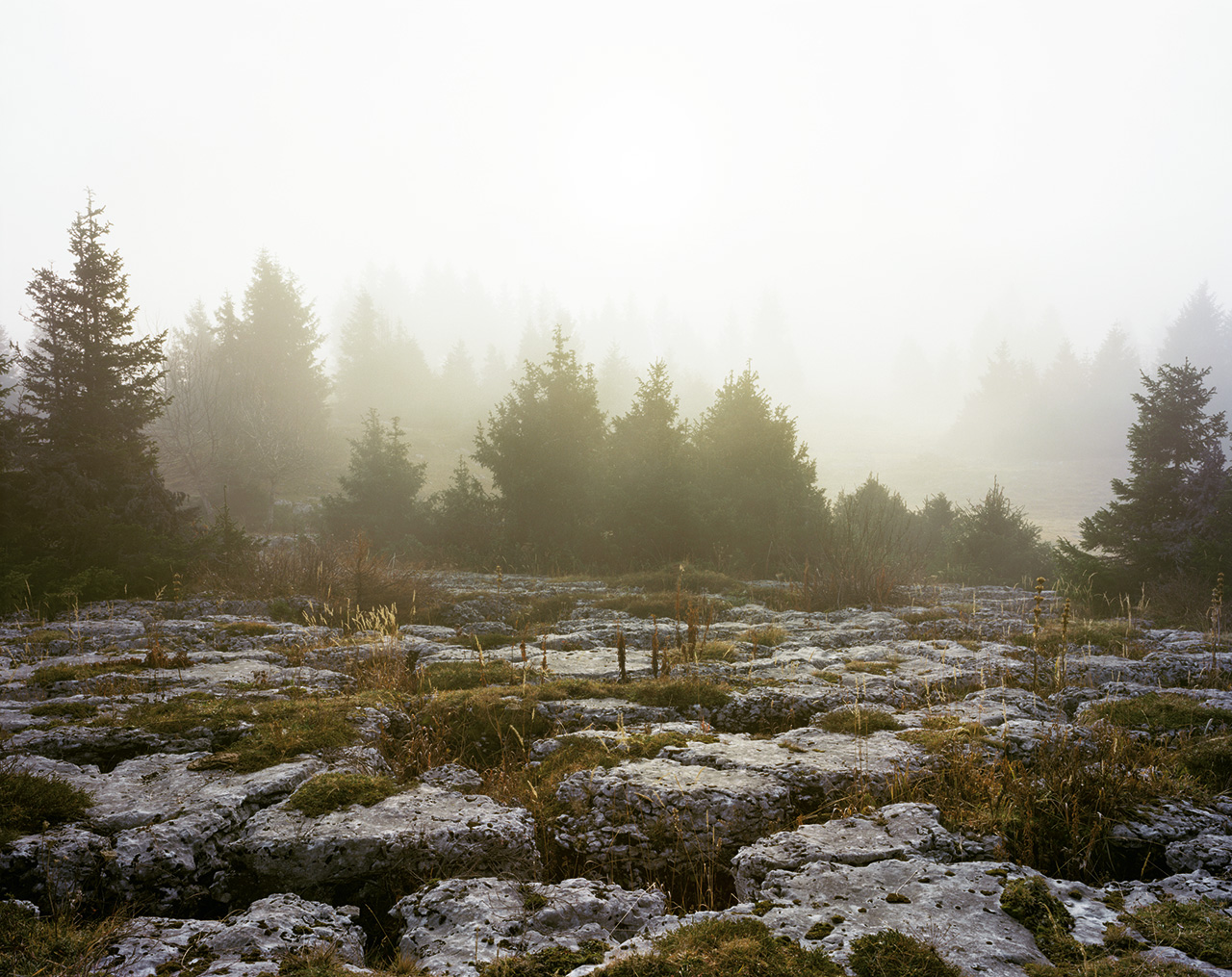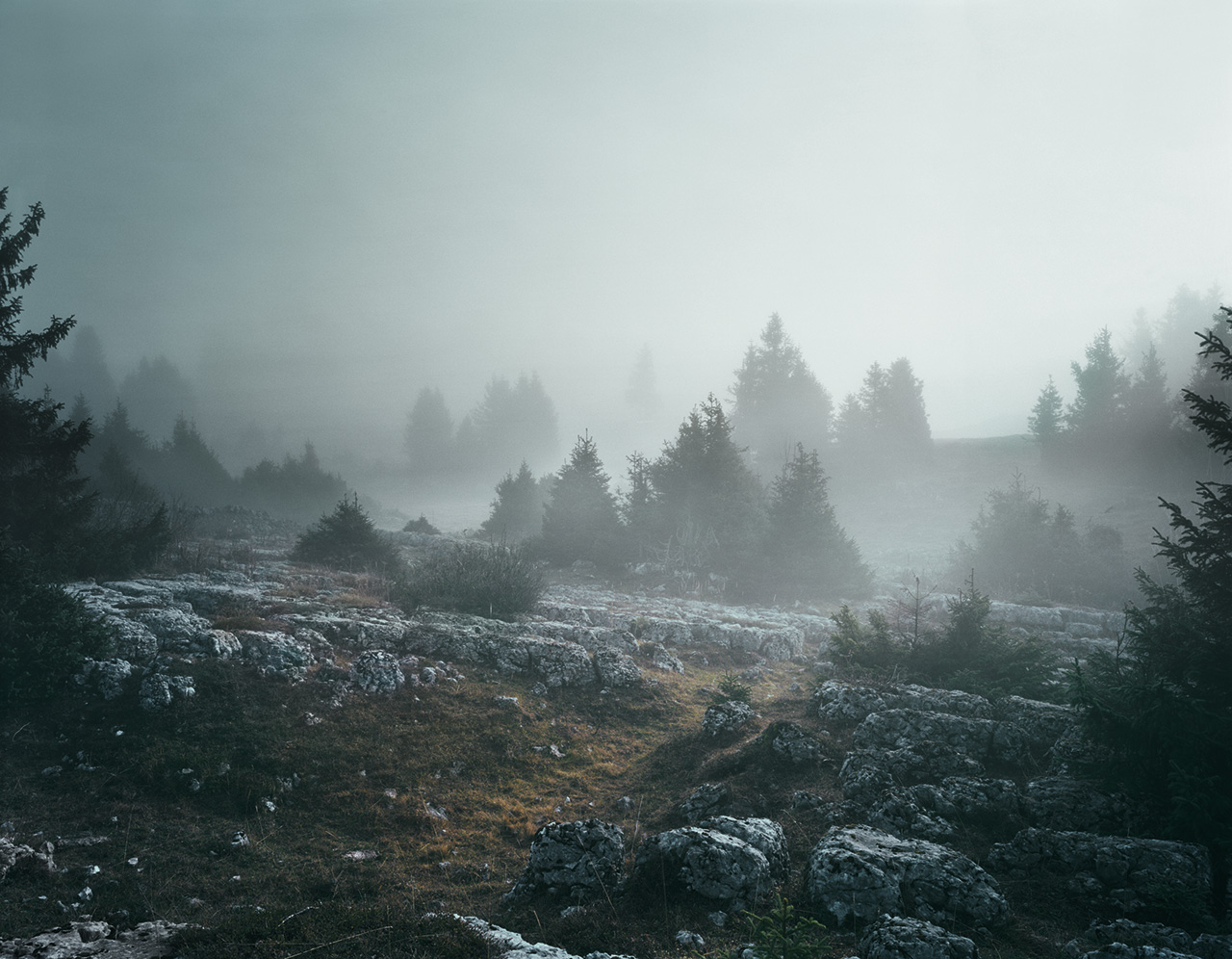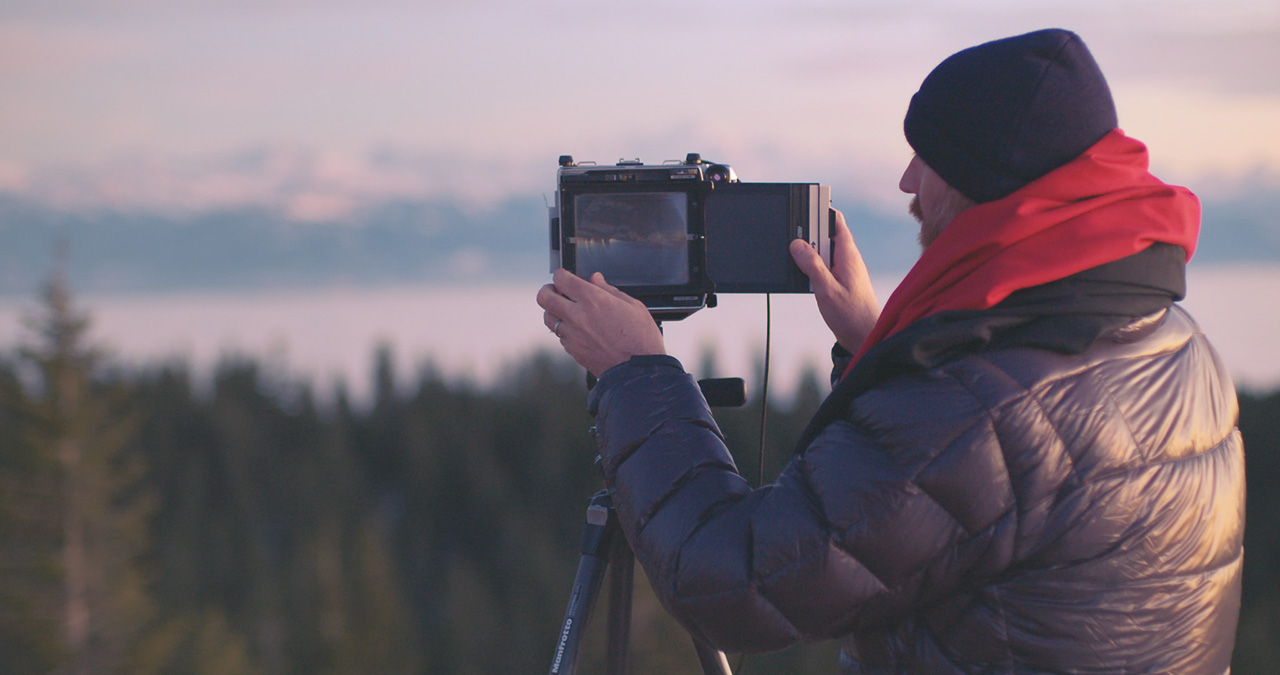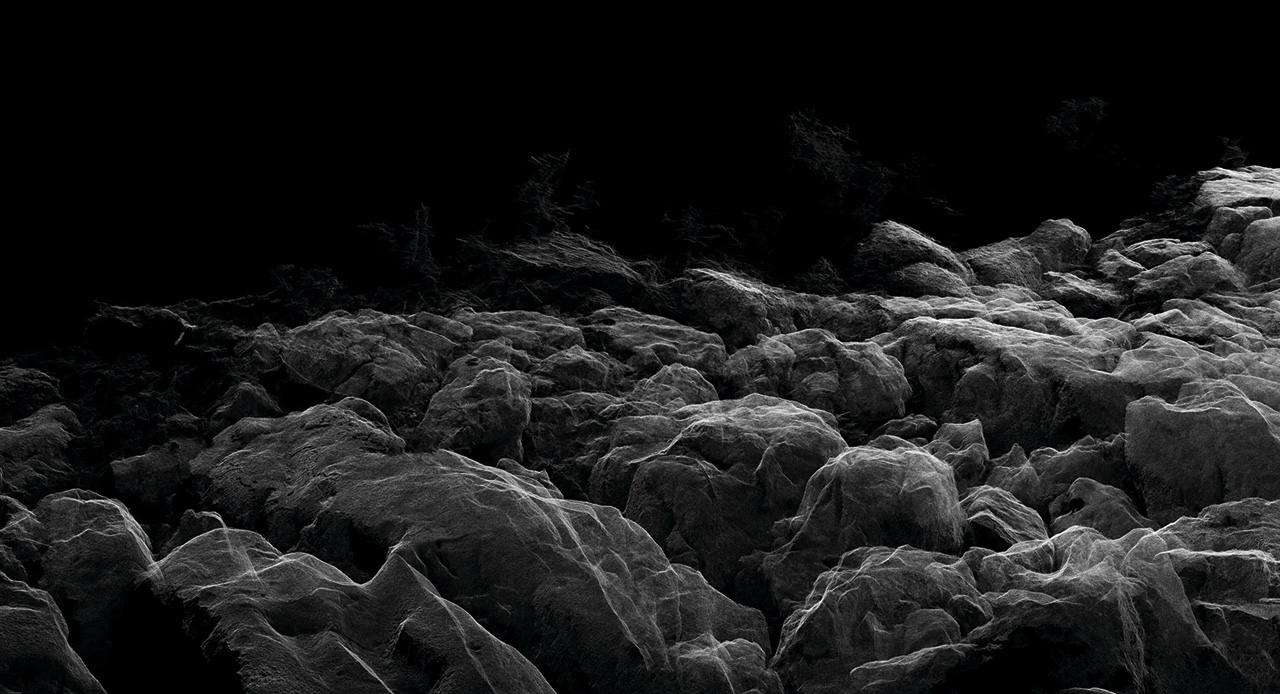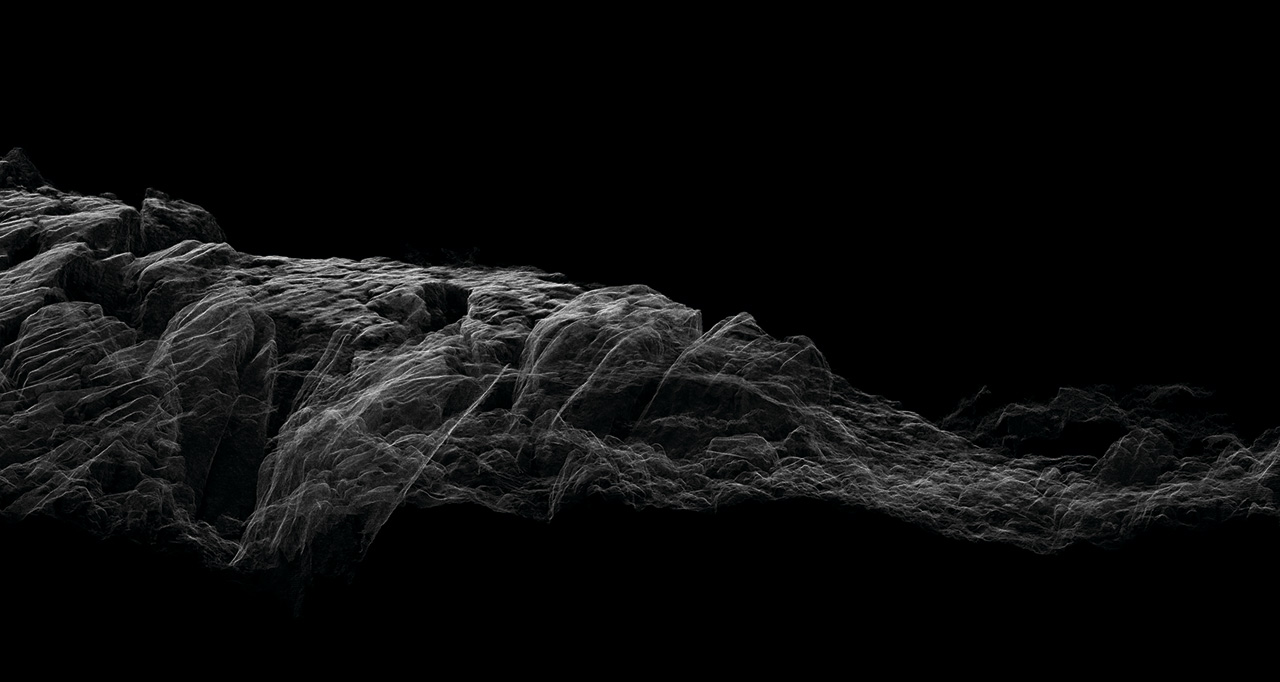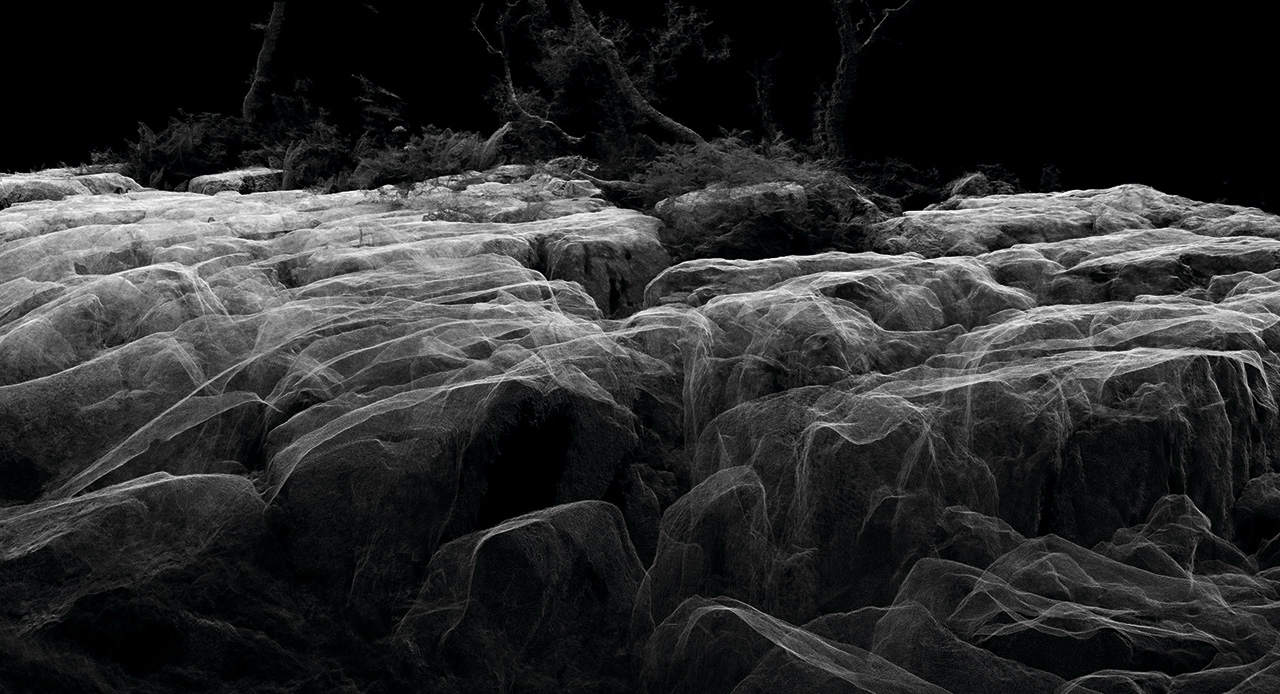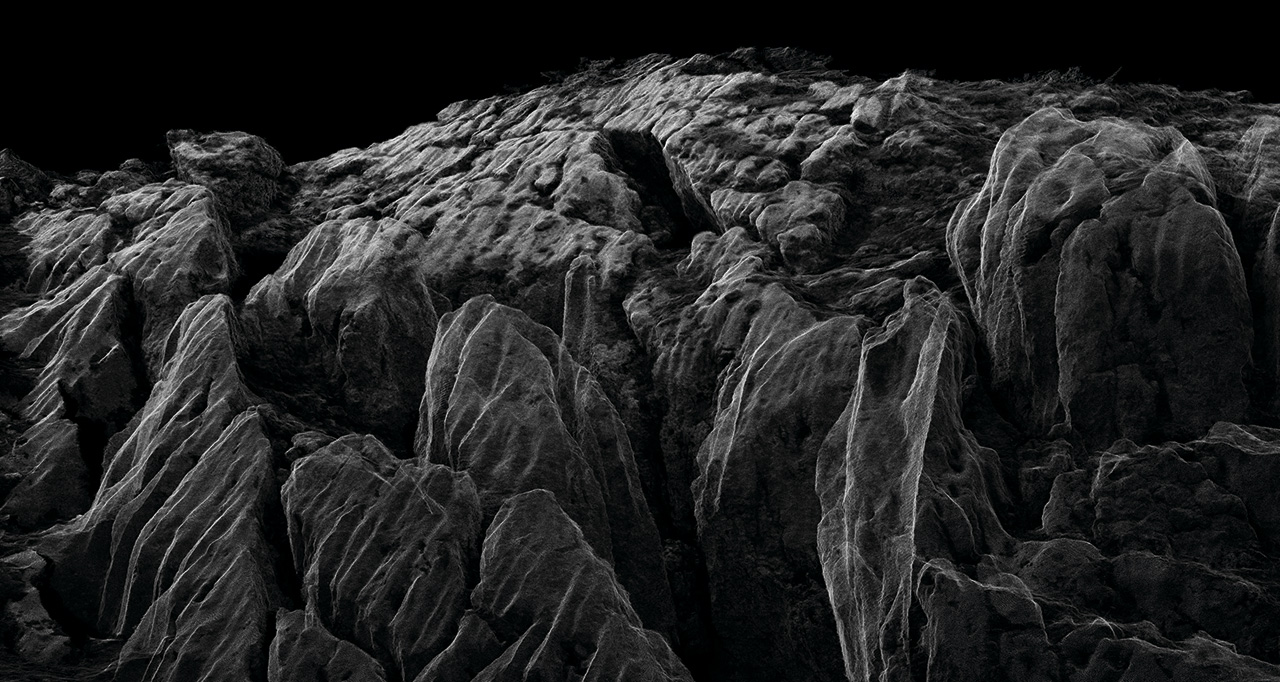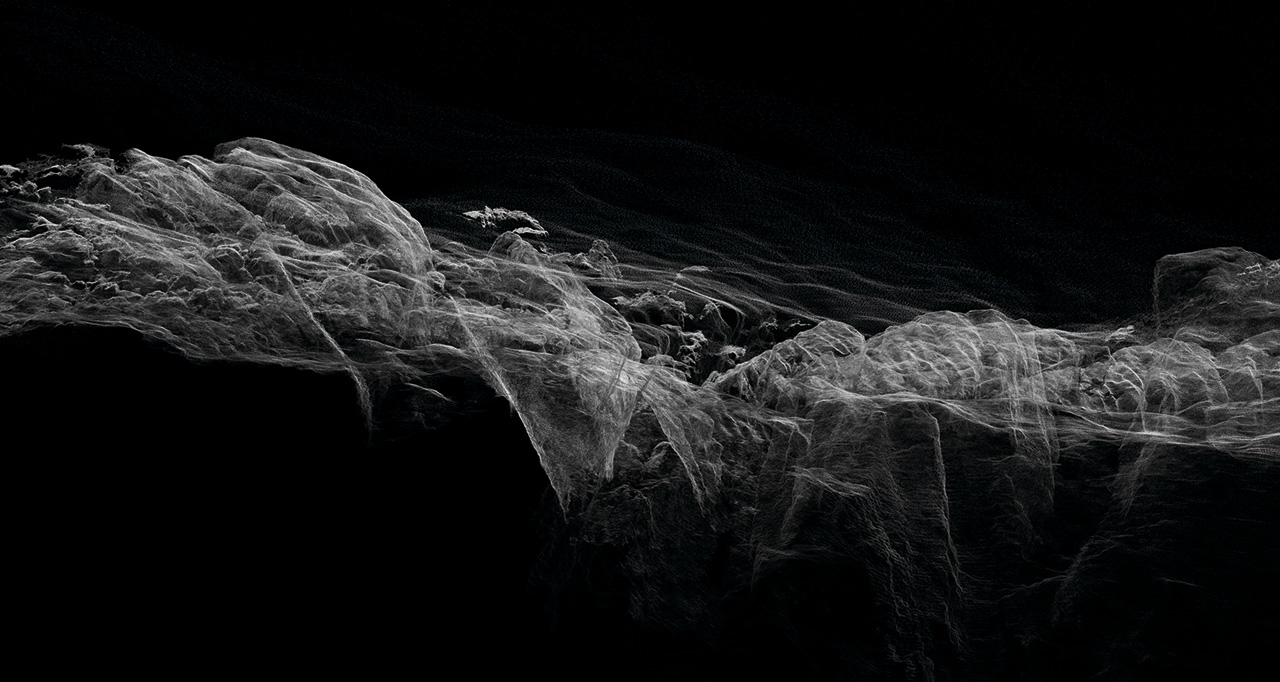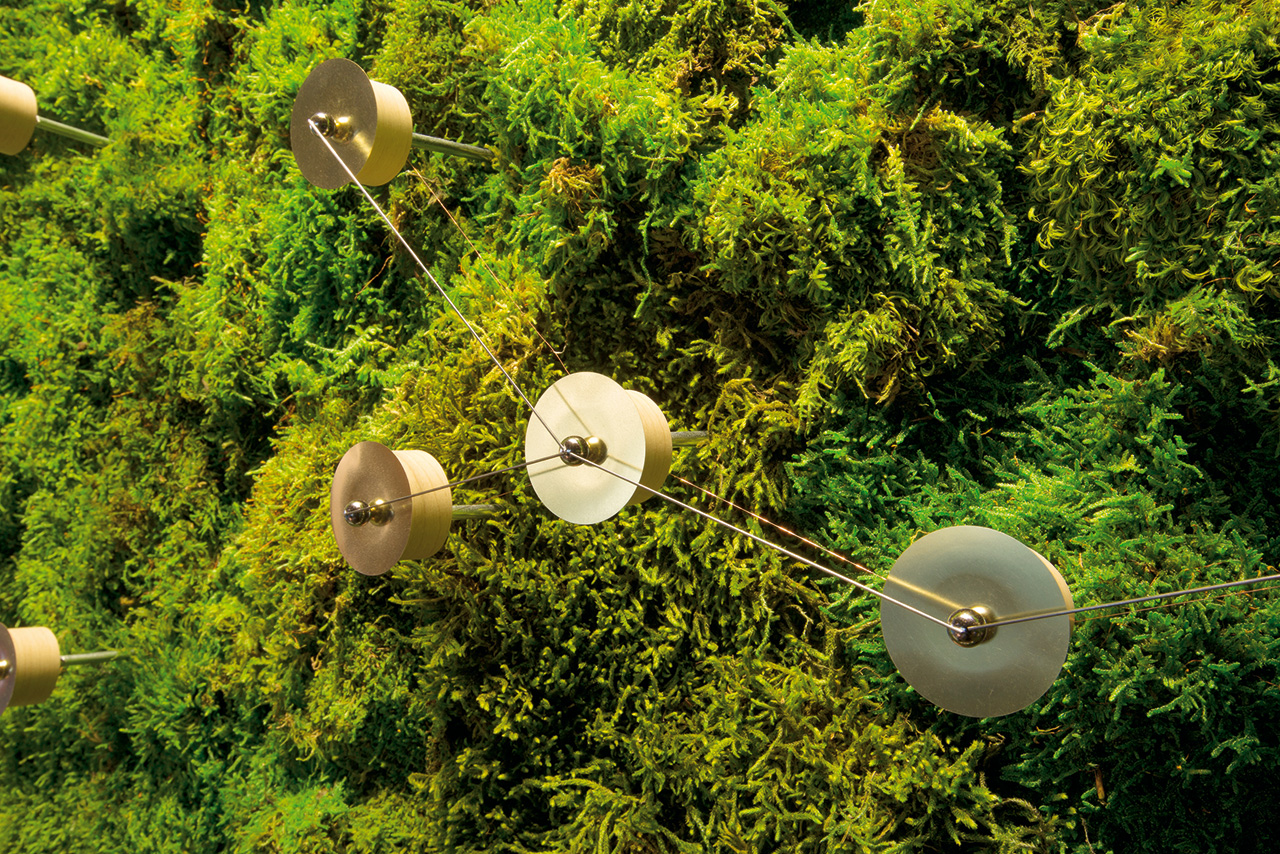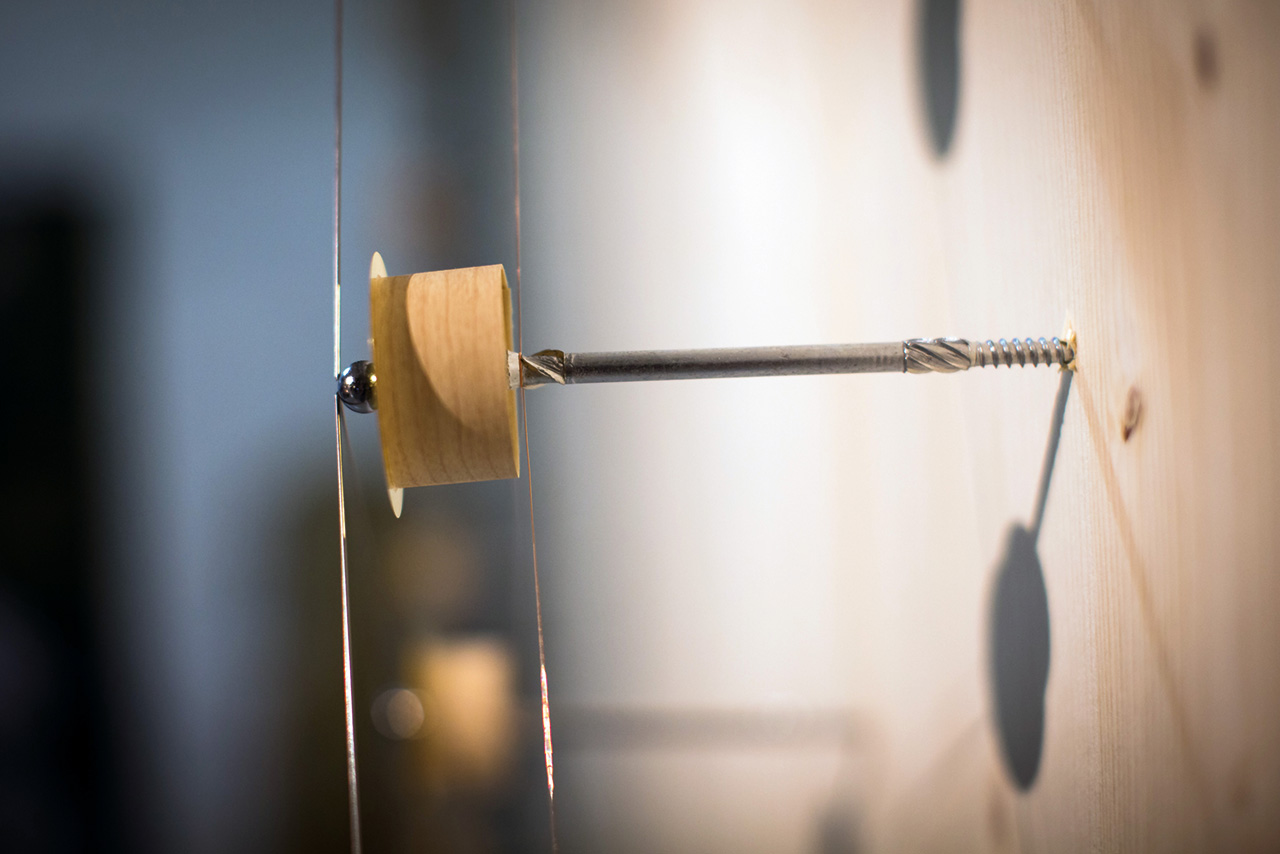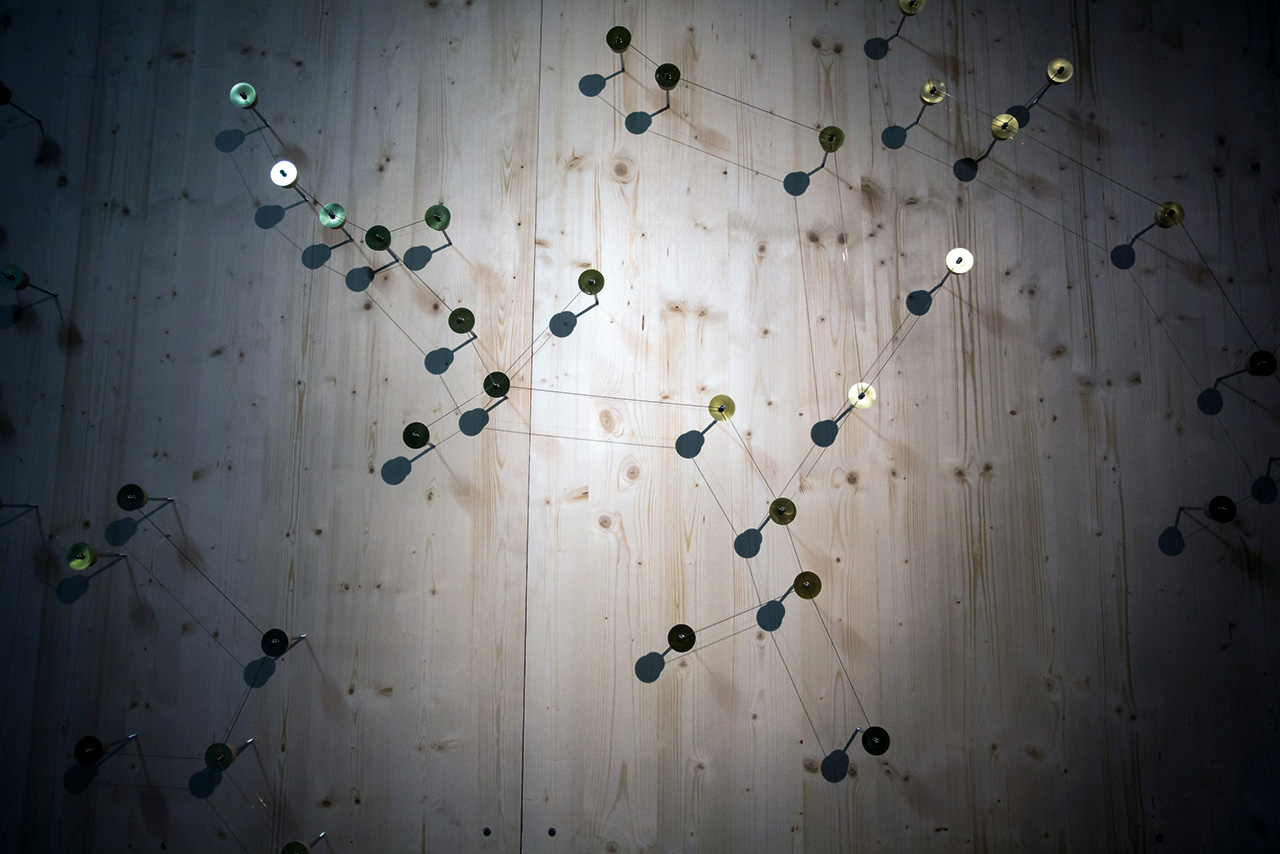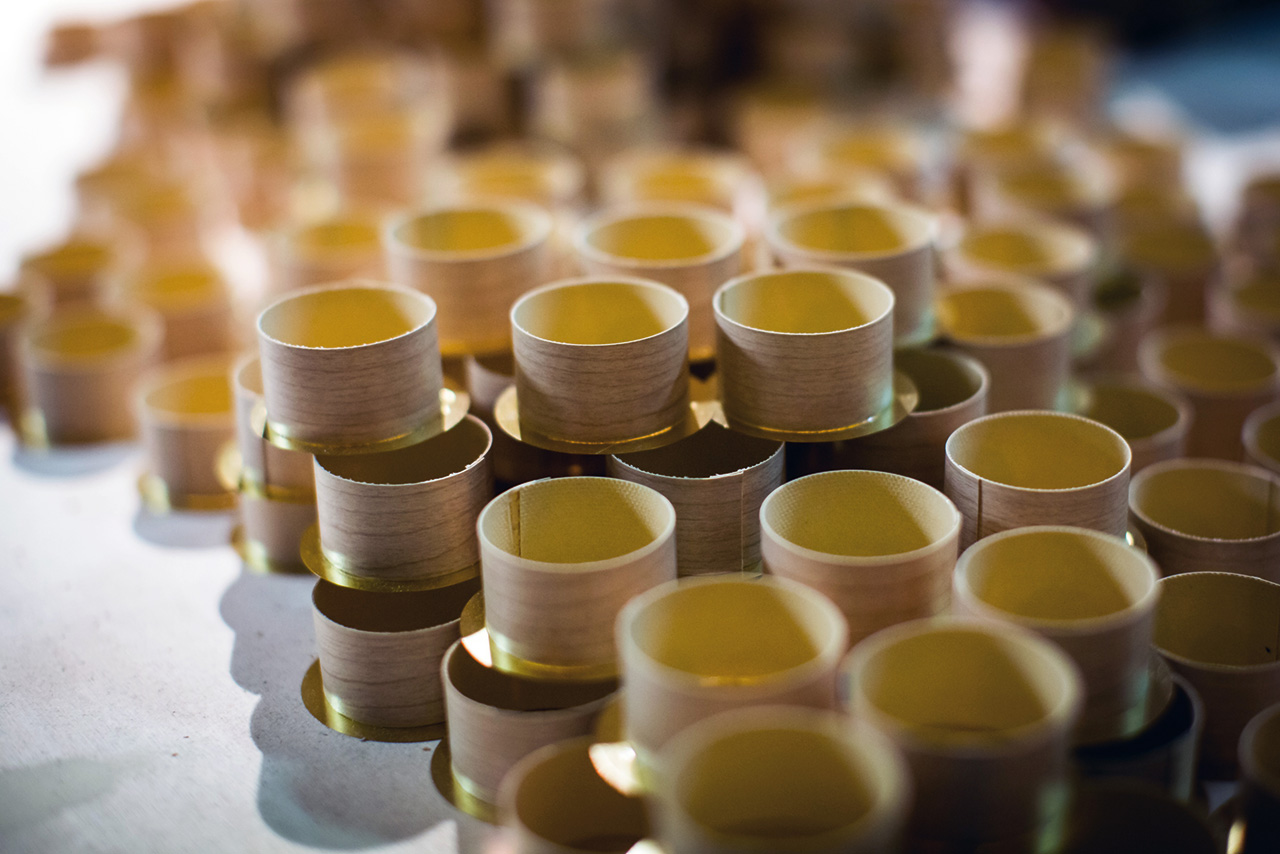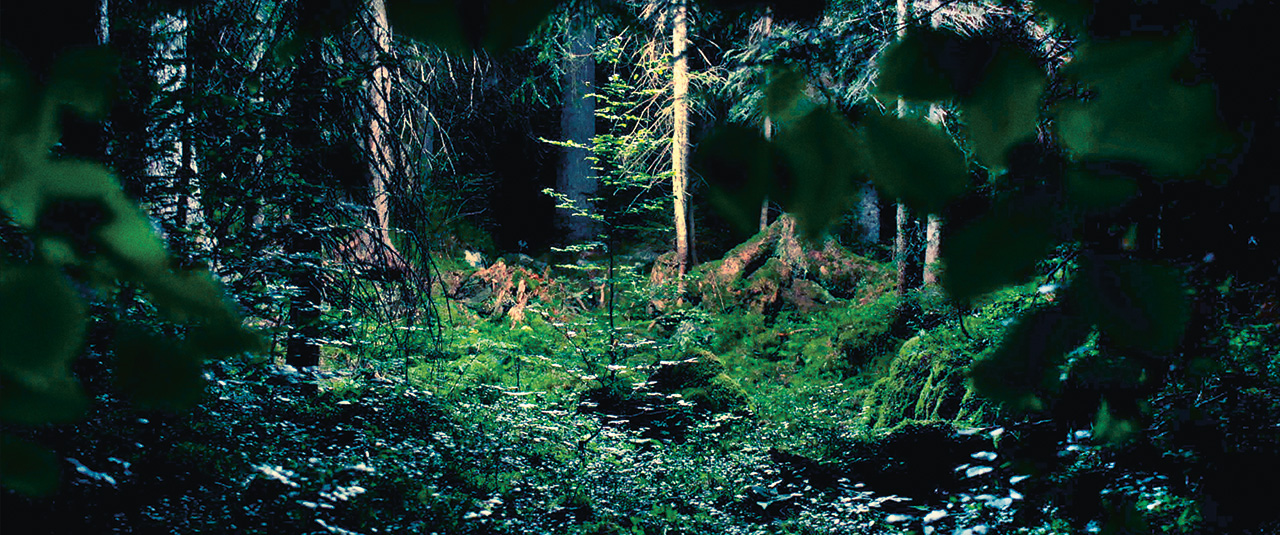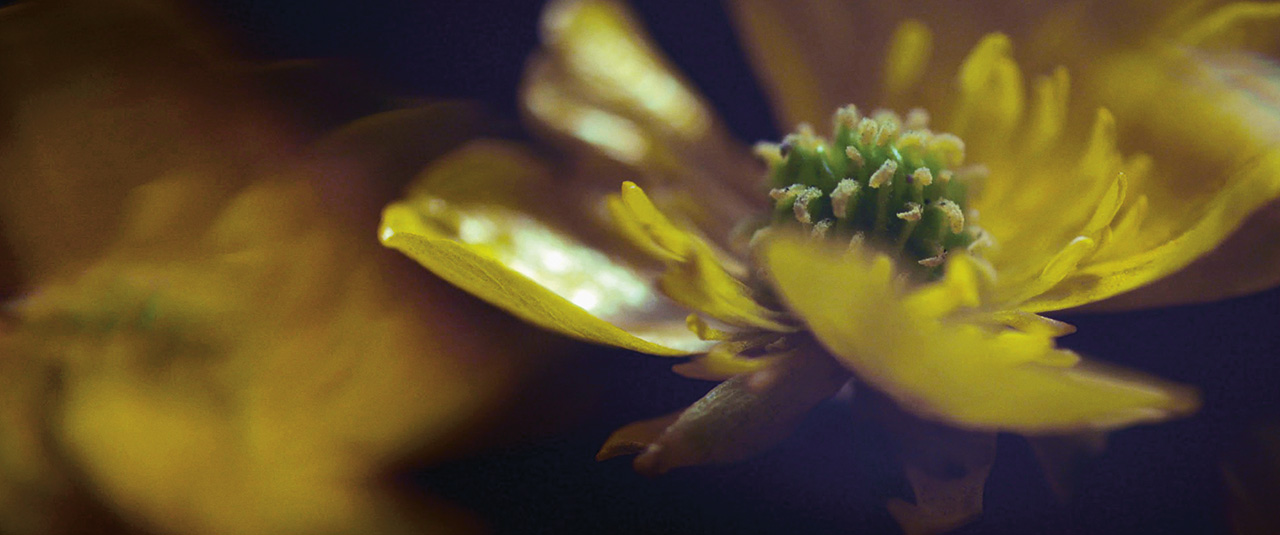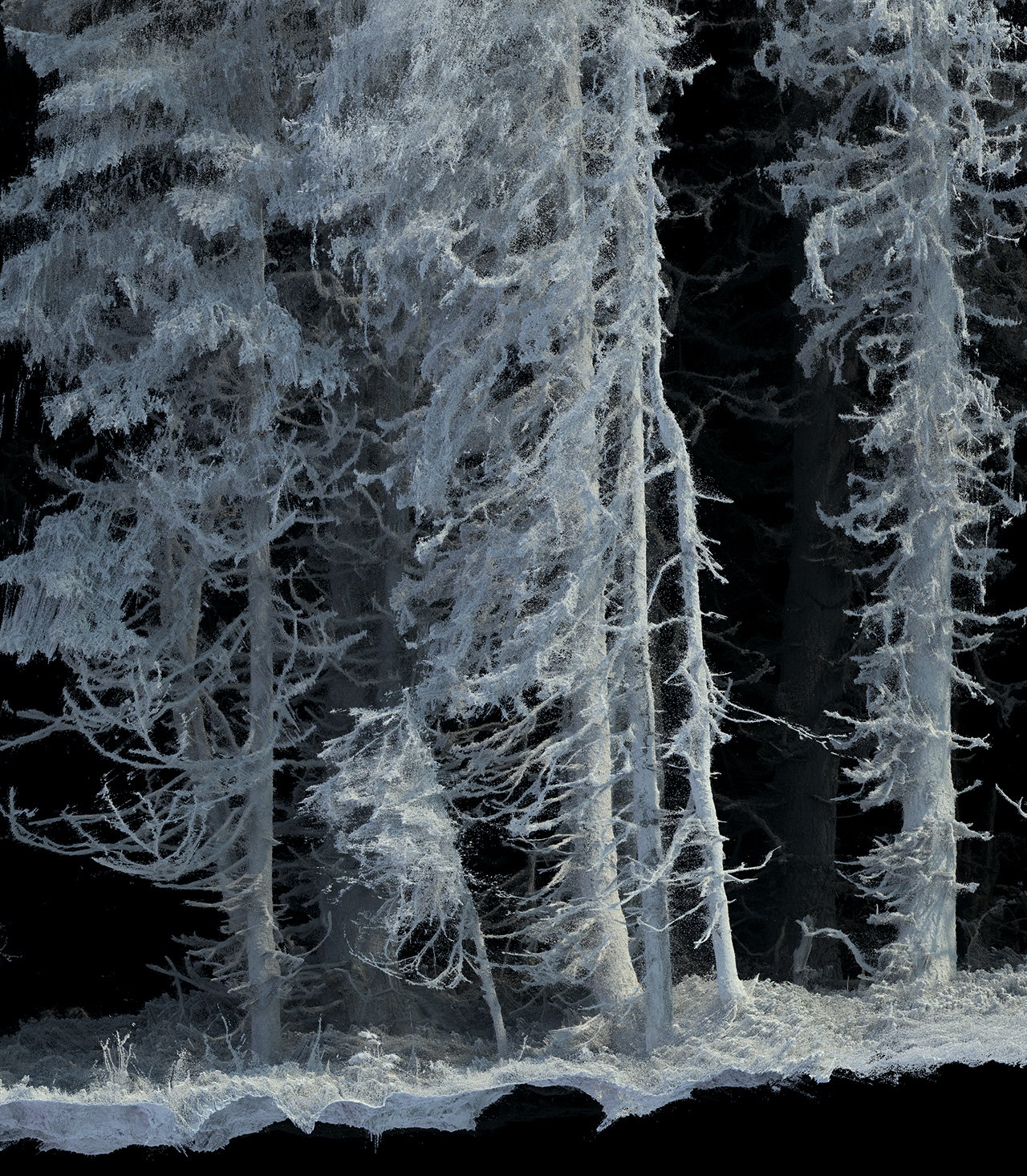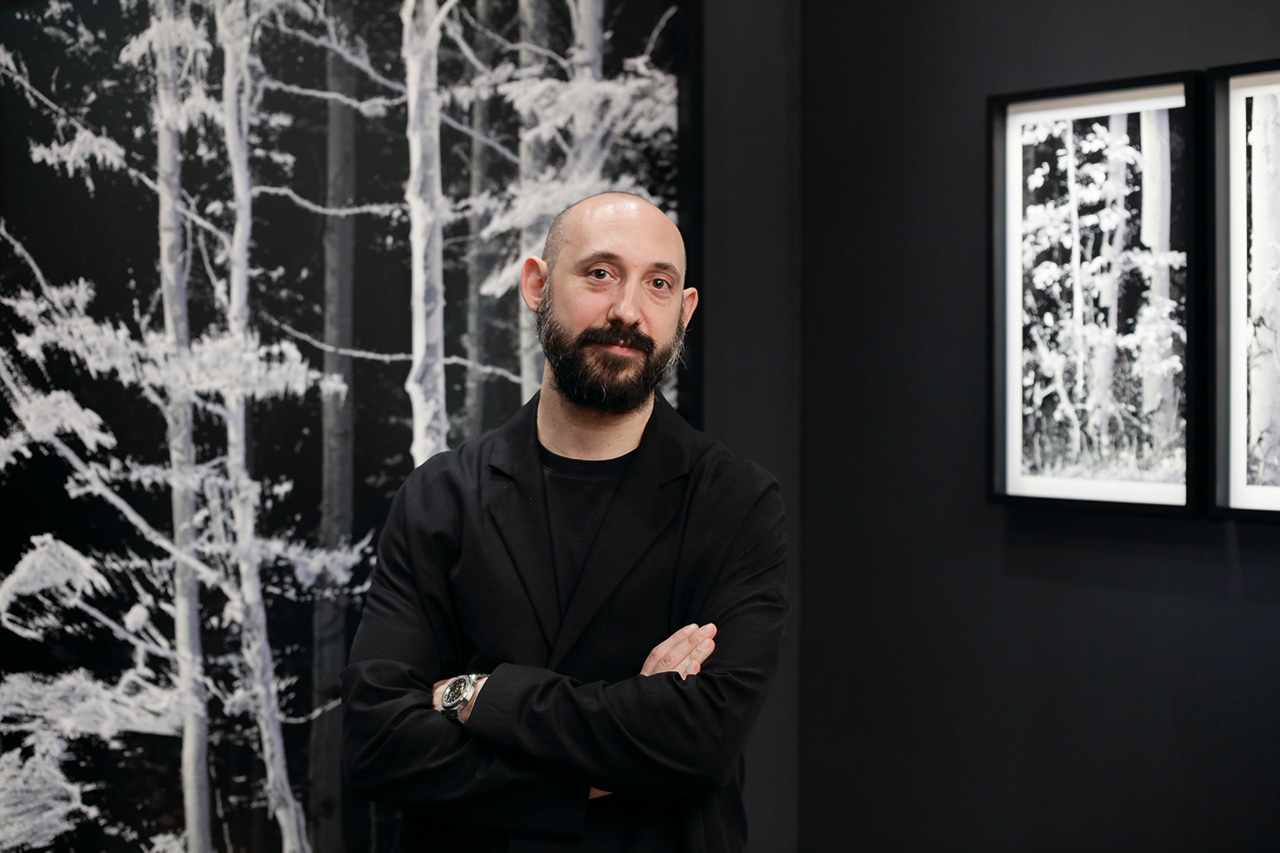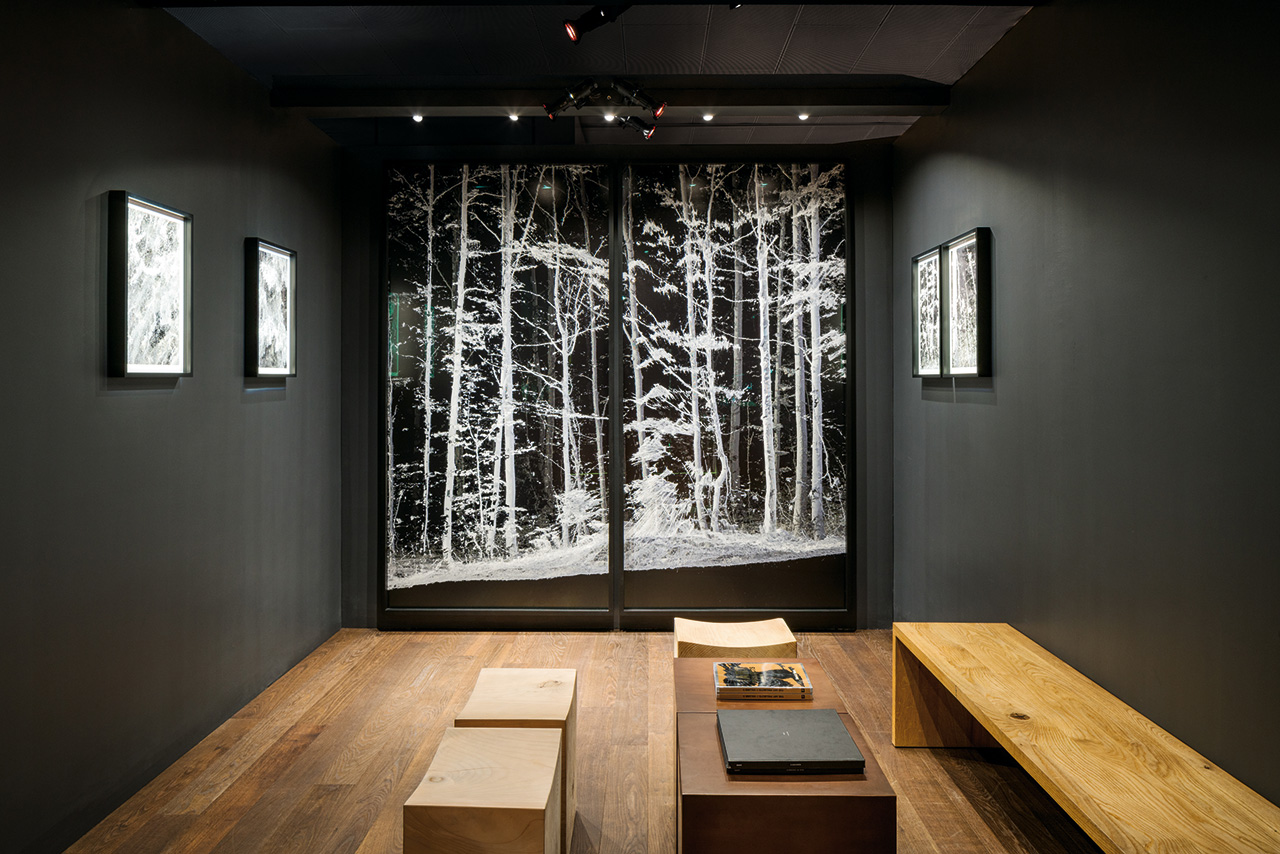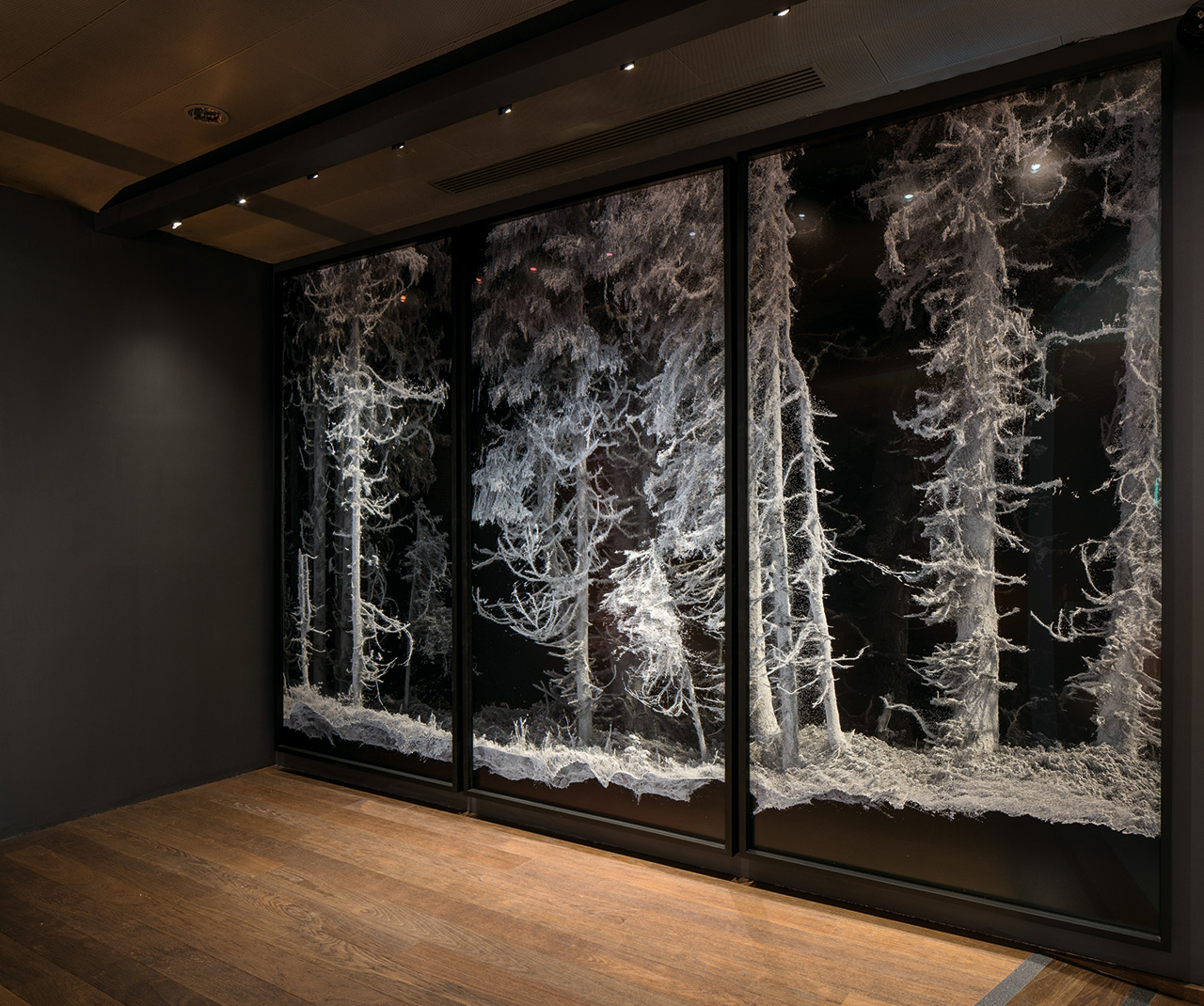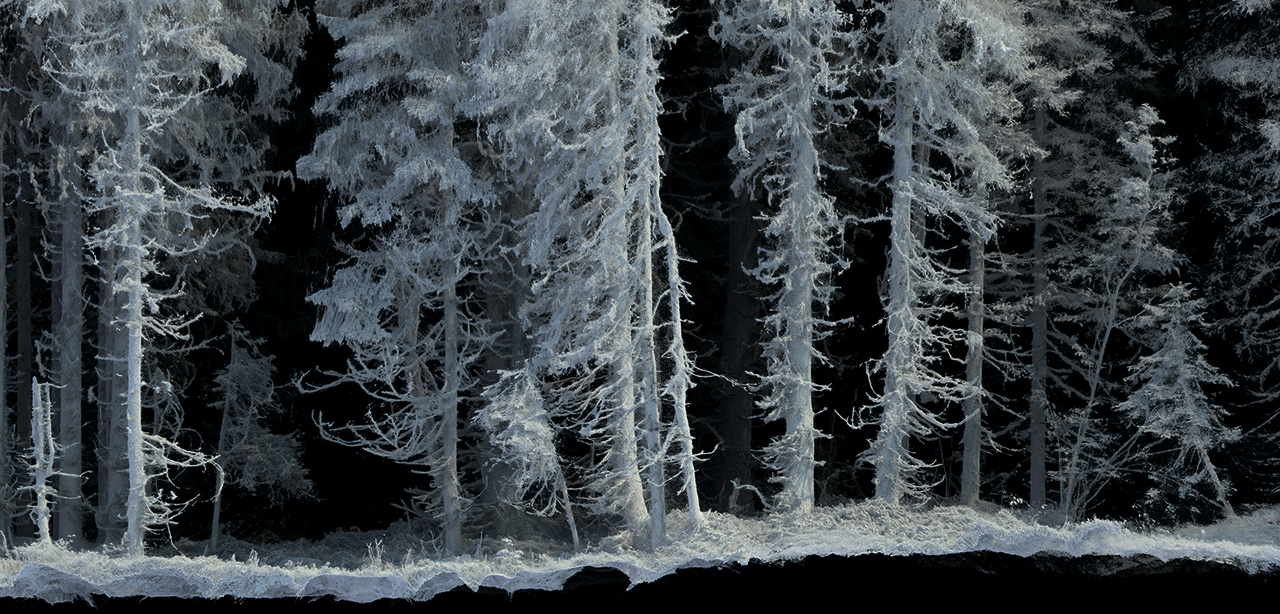News feed
Though their hands reach to all four corners of the globe, the watchmaker Audemars Piguet returns always to its home in the majestic Vallée de Joux. In all things, it’s possible to trace a route back to Le Brassus in the Swiss Jura Mountains, the remote town where for over 140 years Audemars Piguet’s manufacturing has been headquartered.
Even as Audemars Piguet has turned its attention to the world of international contemporary art as the Associate Partner of Art Basel, the spirit of the Vallée de Joux, the verdant cradle of Swiss watchmaking, and the master watchmakers, who have made it their life’s work to pursue utmost contemporaneity without losing sight of history, are never far from sight.
One facet of the Manufacture’s involvement in the art fair that speaks to the company’s cultural and geographical origins is the Audemars Piguet Art Project, which each year sees several artists commissioned with creating works that offer their own, highly personal interpretation of the company’s roots in the region, its craftspeople and their shared heritage.
Though the works created are often smaller in scale compared with the works created as part of the immersive Audemars Piguet Artist Commission, their significance and ambition is in no way diminished. Spanning a diverse array of mediums from photography and video to sculpture and soundscapes, the projects are all born of a period of time spent in Le Brassus witnessing first-hand the savoir faire of the artisans. The resulting works are often deeply moving as a result.
Below, meet four of the commissioned artists and discover the work they produced as part of their Audemars Piguet Art Project.
Dan Holdsworth, La Vallée de Joux, 2013 and CONTINUOUS TOPOGRAPHY, 2016
Time suffuses every element of the photographer Dan Holdsworth’s ongoing work with Audemars Piguet, from his subject – the ancient topographies of the Vallée de Joux – to his methods, namely long-duration exposures made luminous through exposure to solar, lunar and stellar lighting.
The British artist, whose broader preoccupation with landscape photography does not discriminate between topographies both naturally formed and otherwise, first began working with the watchmaker in 2011, when Audemars Piguet charged Holdsworth with creating a series of photographs exploring Switzerland’s mountainous Jura region.
The resulting body of work, La Vallée de Joux, 2011-2016, was produced not only through immersing himself in the landscape of the region but also through working in close consultation with the craftspeople of Audemars Piguet, some of whom personally introduced the photographer to his cinematic subject through sharing personal insights into the region.
As such, Holdsworth’s work traces a landscape that’s as much physical as it is psychological. His stunning images were each created over many weeks spent traversing the terrain, often in the pre-dawn hours, to research the best conditions and vantage points. Using long exposure times to harness naturally occurring light sources and to document unique natural phenomena – namely, the valley’s spectral mists – Holdsworth renders the natural terrain in shapes and hues that border on otherworldly.
Both contingent on and a complete departure from Holdsworth’s photographic body of work produced as part of the Audemars Piguet Art Project is his most recent series, Continuous Topographies. In the composite images, which the artist calls “point clouds”, Holdsworth translates digital data points corresponding to the glacial topography of the landscape into abstract pictorial forms that invite the viewer to map the intersection between the virtual and material worlds.
Each image was constructed through correlating reams of photographic evidence with precise GPS recordings to paint a vivid portrait of the undulating contours of the land. The resulting works – a kind of digital wilderness that reflects global contemporary culture – are artistic interpretations made from the latest in both human and non-human perceptions, in photogrammetry and three dimensional geomapping technologies and through an interdisciplinary collaboration with research geologists and the present-day inhabitants of these ancient landscapes. In each work, it becomes possible to discern what happens when the primal temporality of the earth itself is sent barrelling to the interface of the virtual.
Alexandre Joly, Wild Constellations, 2015
In the work of Alexandre Joly, the natural and synthetic are set on a similar collision course. To accompany French designer Mathieu Lehanneur’s design concept for Audemars Piguet’s exhibition lounge at Art Basel Hong Kong in 2015, Joly embedded a sonic installation in a verdant green wall comprised of living plants.
Emerging from the wall of moss was Wild Constellations, a sound-based work that was emitted from an imaginary constellation of piezo speakers, which use copper and piano wires, magnets, quartz crystals and small golden plates to produce a distinct frequency and concurrently emit a soundscape derived from the natural world.
To create his Audemars Piguet Art Project, French-born, Geneva-based Joly embedded himself into the landscape of the Vallée de Joux and in the Audemars Piguet manufacturing centre and museum. From his recordings, Joly produced a 45-minute track on Ableton that conflated the natural and mechanical worlds, from ice cracking on the mountainside to the ticking of a watch movement. The resulting work vacillates between its point of origin and abstraction, serving to echo and underscore Lehanneur’s ambition with his Mineral Lab design: to bring the essence of the Jura mountains to the heart of a thoroughly modern metropolis.
Cheng Ran, Circadian Rhythm, 2016
After the Chinese multimedia artist Cheng Ran visited the Audemars Piguet headquarters in Le Brassus, what resonated with him most was “the movement of light, and how it controlled every aspect of the landscape from day to night.”
In Circadian Rhythm, the five-minute single channel video work commissioned by Audemars Piguet for its 2016 brand-history exhibition at the Yuz Museum in Shanghai, To Break the Rules, You Must First Master Them and subsequently presented in Audemars Piguet’s lounge at Art Basel in 2017, Cheng Ran paints the Vallée de Joux with the movement of light across its breathtaking natural landscape. This time, however, the light was his own.
The natural cycles and rhythms of time are central to Circadian Rhythm, a non-linear piece which takes its name from the 24-hour cycle in the physiological processes of living beings and which moves with a pace that the artist says doubles as a metaphor for the unerring passage of time itself.
The tempo of the film also dictates its changing imagery as well as the light that Cheng Ran used to paint his landscapes. Though the artist maintains there is no narrative at play, visual associations between successive images readily reveal themselves: the opening frame, a water droplet that gradually swells until it breaks, cuts to a lake; likewise, still waters in a cave soon transition into the babbling creek, and then later, a cascading river. In sound and image, there is a sense of momentum in all things. Forest scenes are lit by Cheng Ran with cinematic brightness that intensifies and fades with a pulse that could be both human and mechanical, and which the artist says is based on the ticking of a watch – a mechanism he says is also intrinsically linked to the natural world.
As the flickering intensifies, so does the synthetic music underscoring the artist’s images. Finally, sound and image are stripped back to a single pulse and the image appears of a solitary tree in a field lit from within. A man, presumably the artist, stands underneath wielding a control panel. Dwarfed though he is by the image of nature he presents, Cheng Ran appears, at least for a brief moment in time, to assert a modicum of control over the world as we know it.
Davide Quayola, Remains, 2018
Where Dan Holdsworth’s Continuous Topography was concerned with mapping the morphology of Vallée de Joux, Davide Quayola appears entirely concerned with charting its upper echelons.
A London-based Italian audio-visual artist, Quayola first partnered with Audemars Piguet in 2012 on an exhibition celebrating the 40th anniversary of the Royal Oak, the Manufacture’s ground-breaking 1972 design that reinvigorated the mechanical watchmaking industry. For the remainder of 2018, artist and watchmaker have once again joined forces on an ongoing Audemars Piguet Art Project that has so far seen Quayola unveil a new body of work, Remains: Vallée de Joux, and which will culminate in December at Art Basel in Miami Beach with the reveal of a new moving-image artwork, Promenade.
Conceived and executed over a number of months late last year, Remains sees Quayola construct ‘point cloud’ maps of the landscape, crafting cross sections of natural life through entirely artificial means.
Technology is not simply a conduit for Quayola’s ideas, but an intermediary that presents the artist with opportunity. The works in Remains exist at the intersection of abstraction and representation. The concept itself is an extension of Quayola’s interest in traditional landscape painting, in particular the art historical legacy of the genre as a pretext to give voice to new aesthetic languages. In some ways, the artist figures himself as the inheritor of a legacy of artists working outdoors and painting directly from nature, or en plein air. This time, however, Quayola’s environment and apparatus are far removed from anything that could have been conceived of by the landscape practitioners of late 19th century.
In October 2017, Quayola returned to the Vallée de Joux to scan six separate sites in its forests using high-precision laser scanning technology to produce high-definition 3D maps of the region made up of billions of data points. In the finished works, each point when printed measures approximatelu 1.5mm in diameter; a large-scale print contains hundreds of millions of points that en masse render the towering spruce trees in spectacular detail. In its final form, as a collection of ultra-high-resolution large format prints, Remains explores how different technological apparatus can augment our understandings not only of artistic genre, medium and the capabilities of our technology, but place and time itself.
Tile and cover image: Courtesy of the artist and Audemars Piguet







